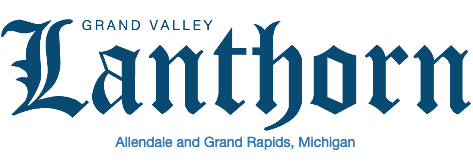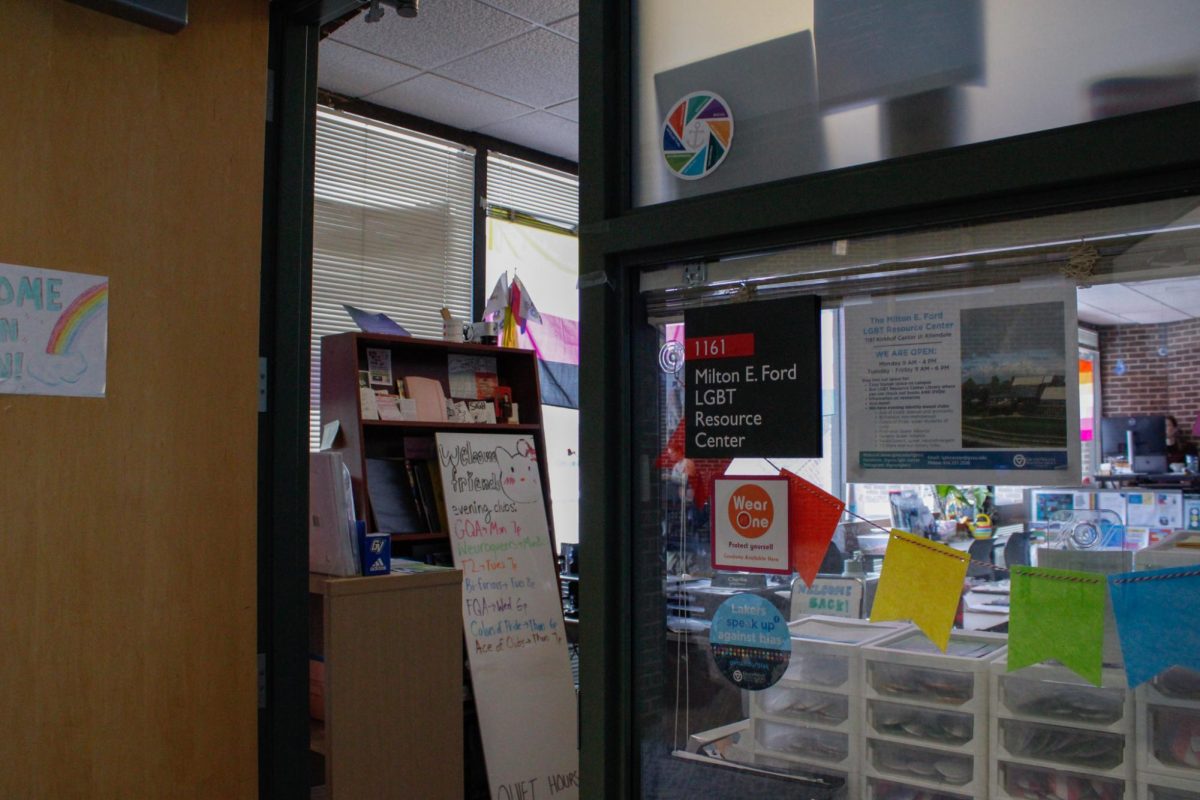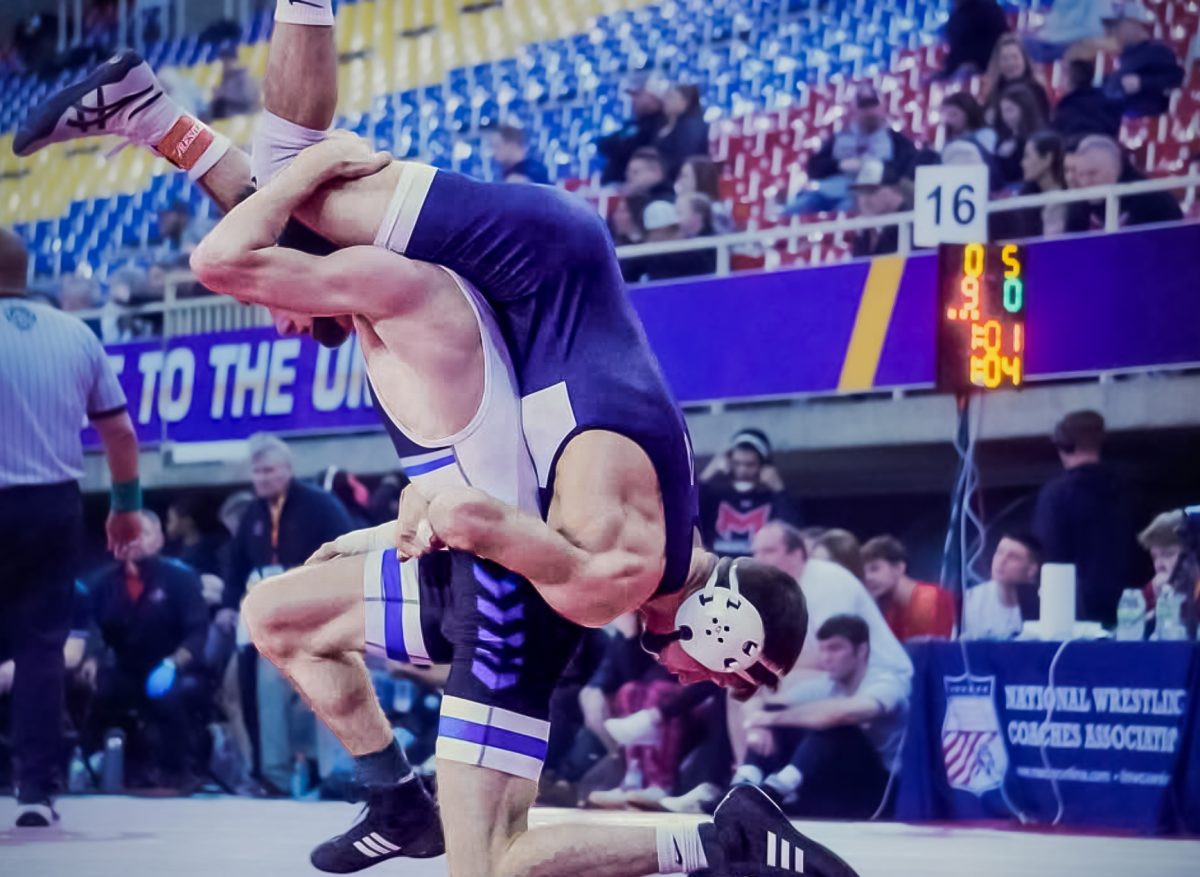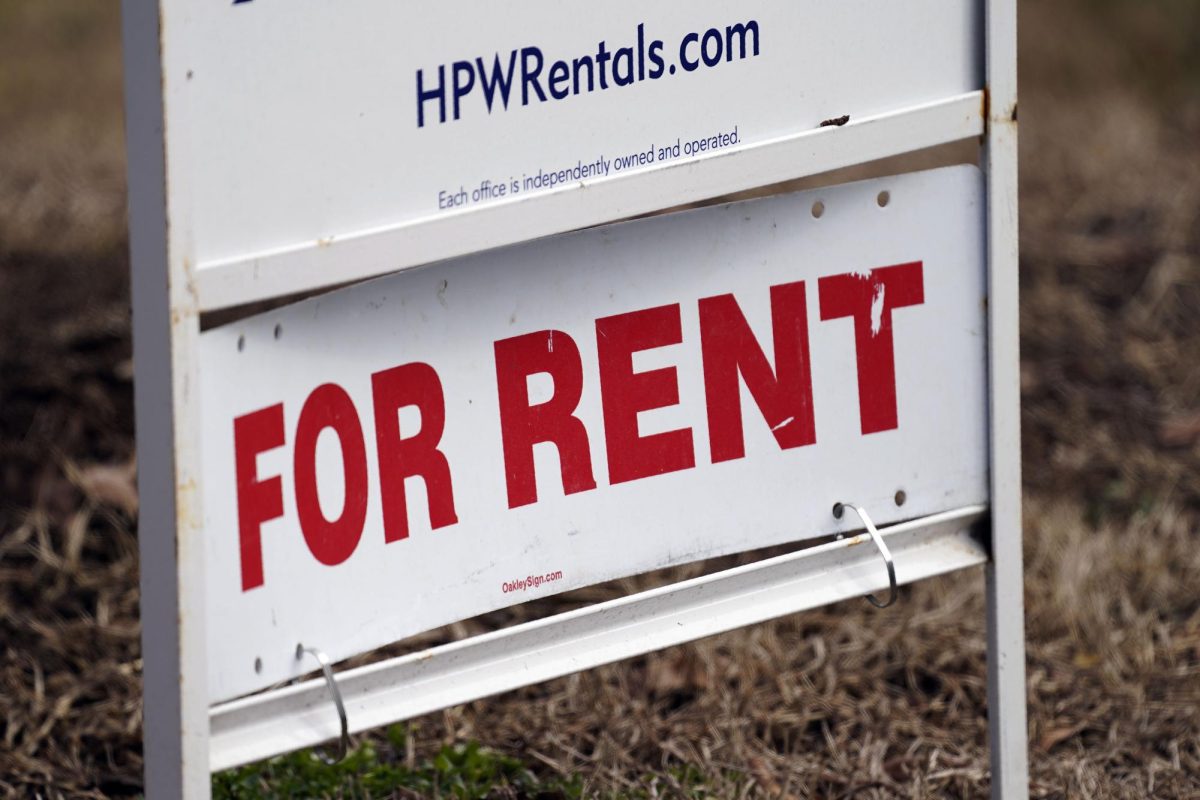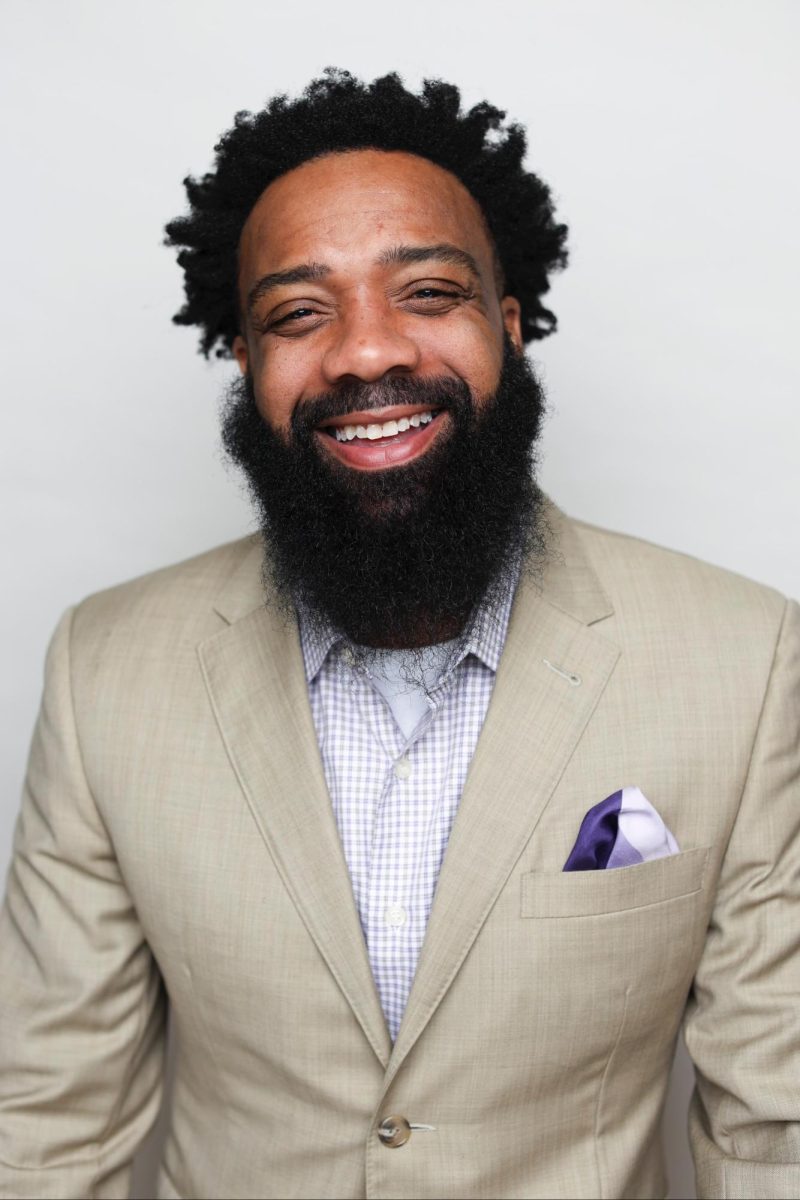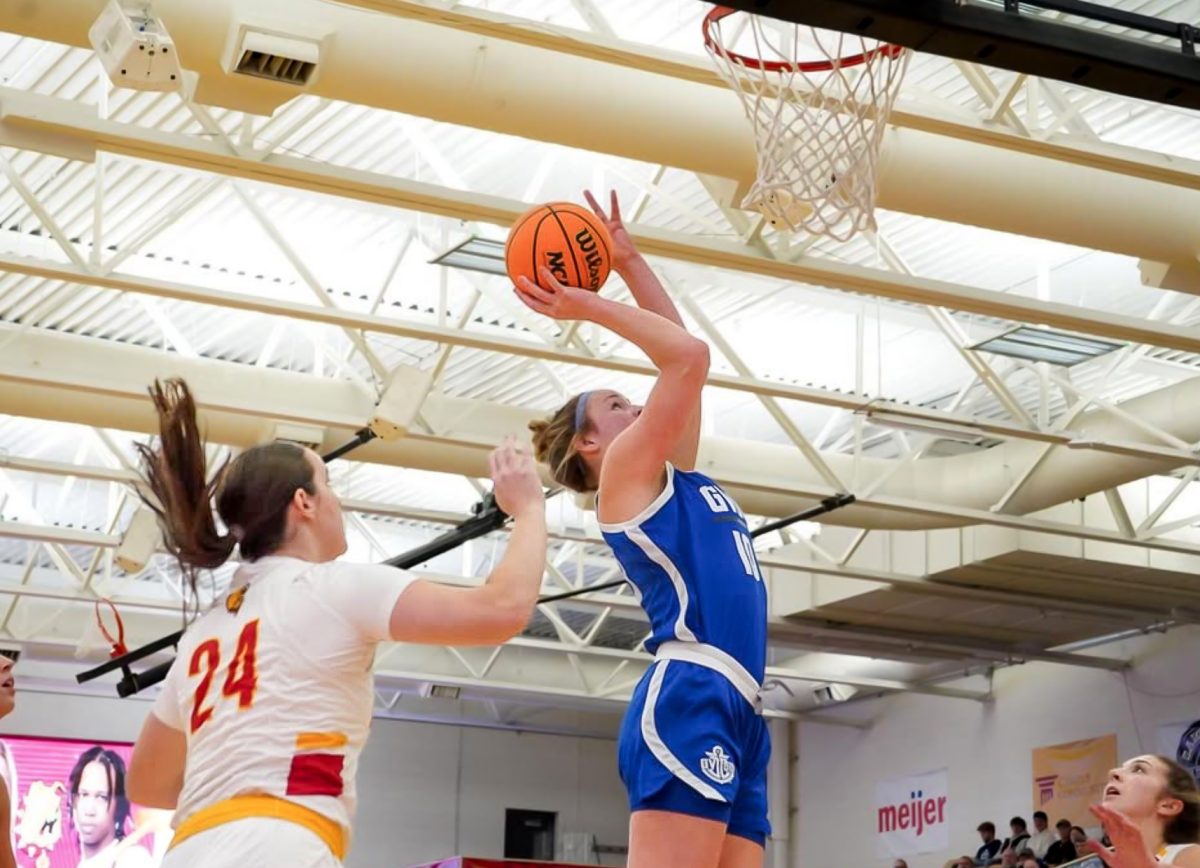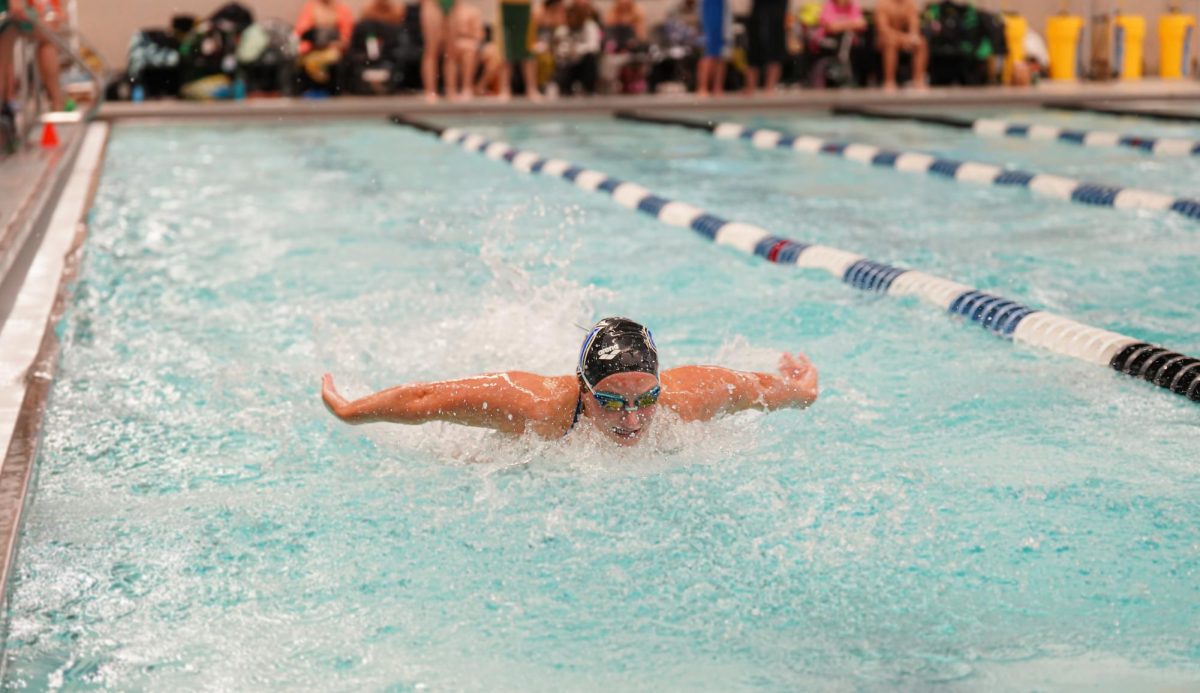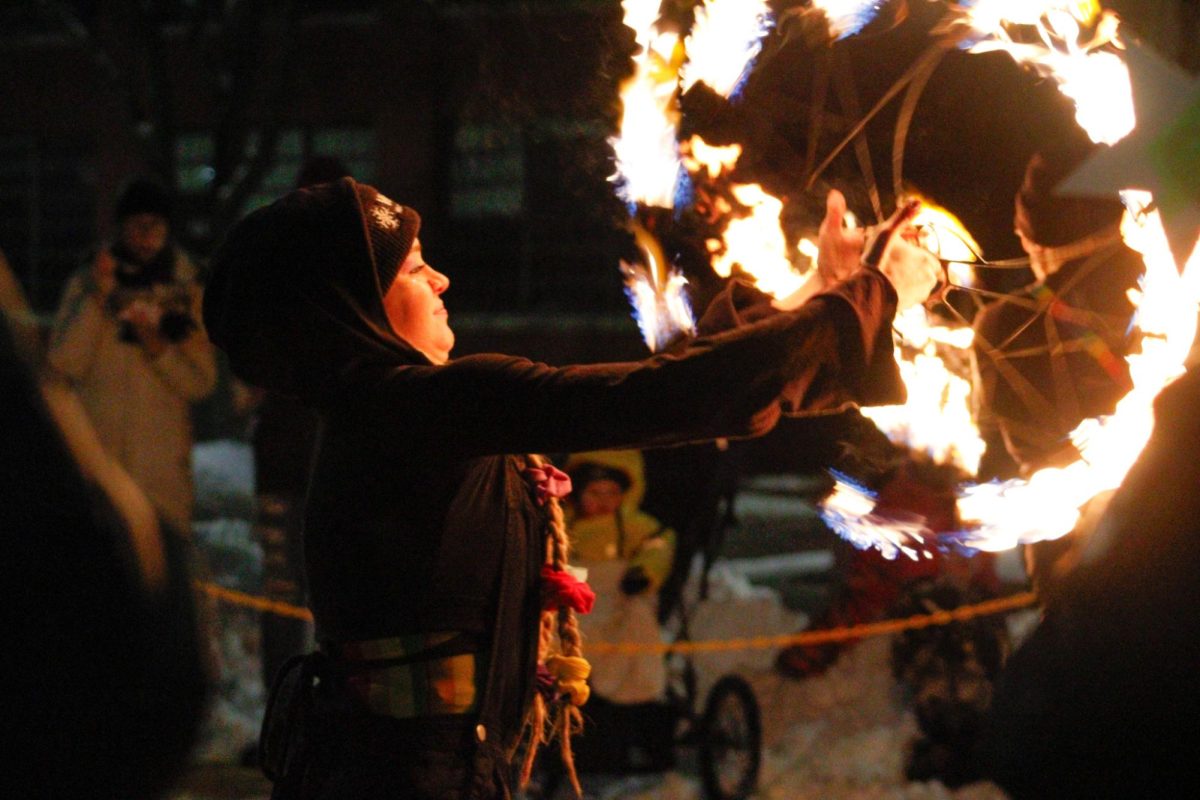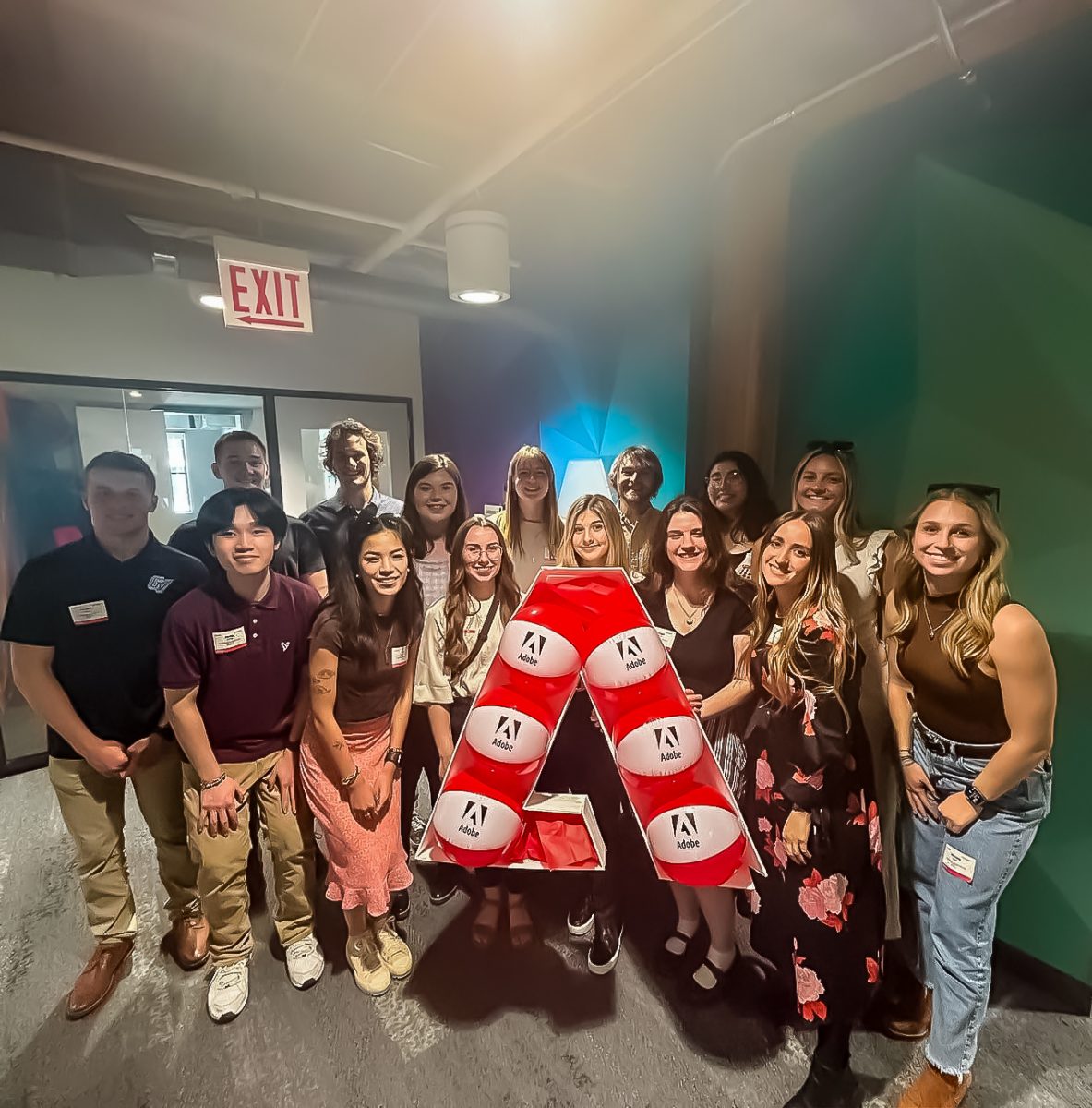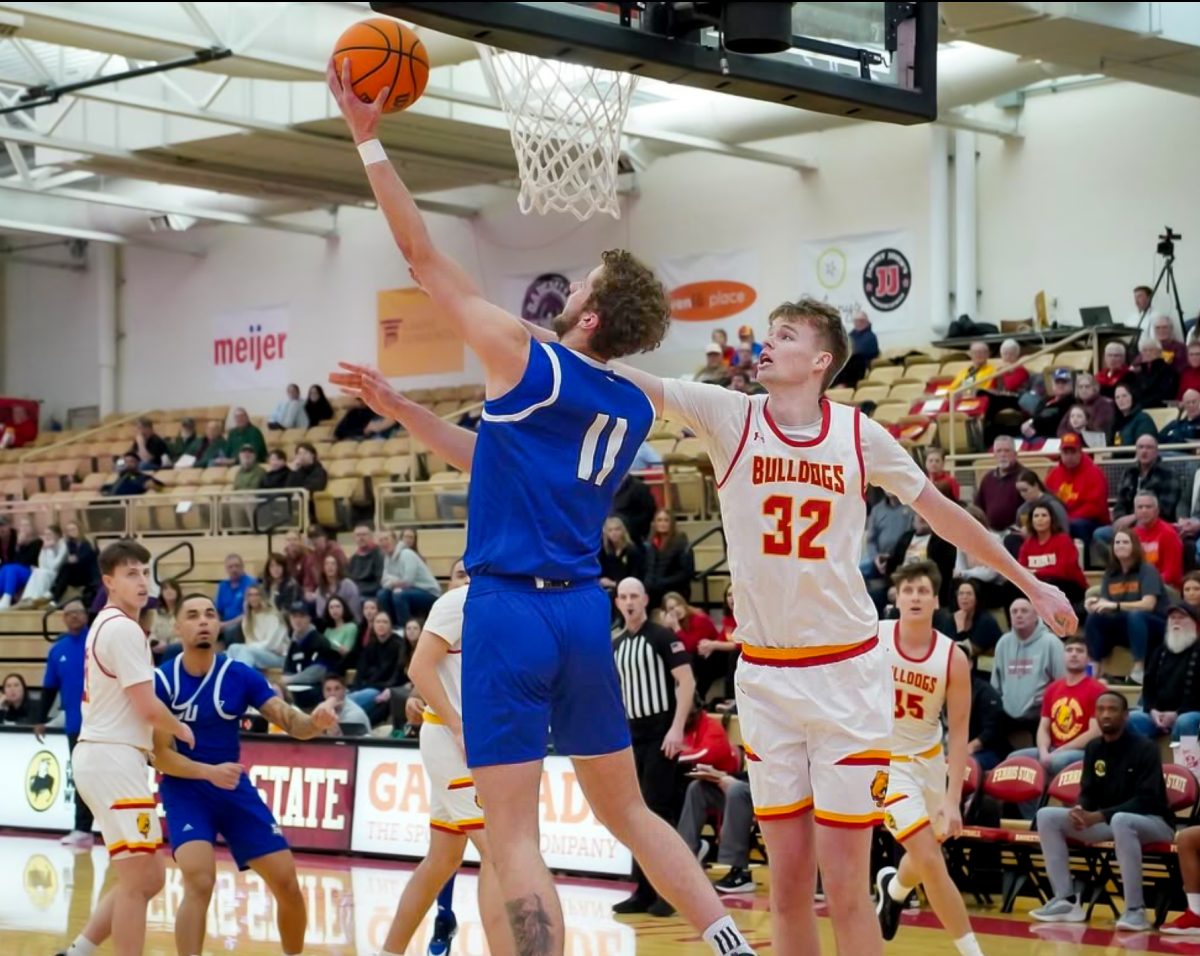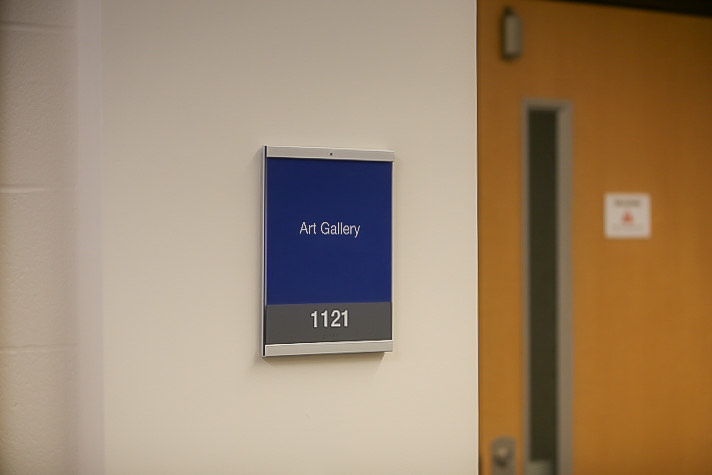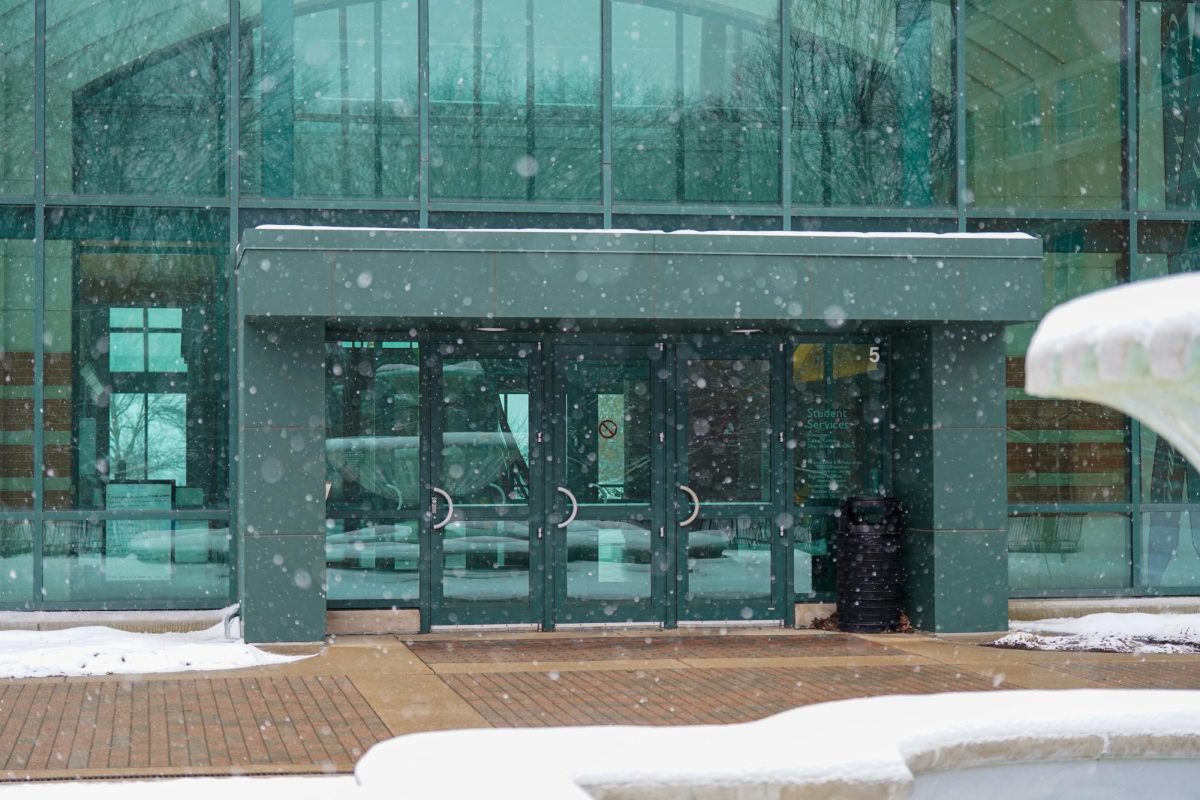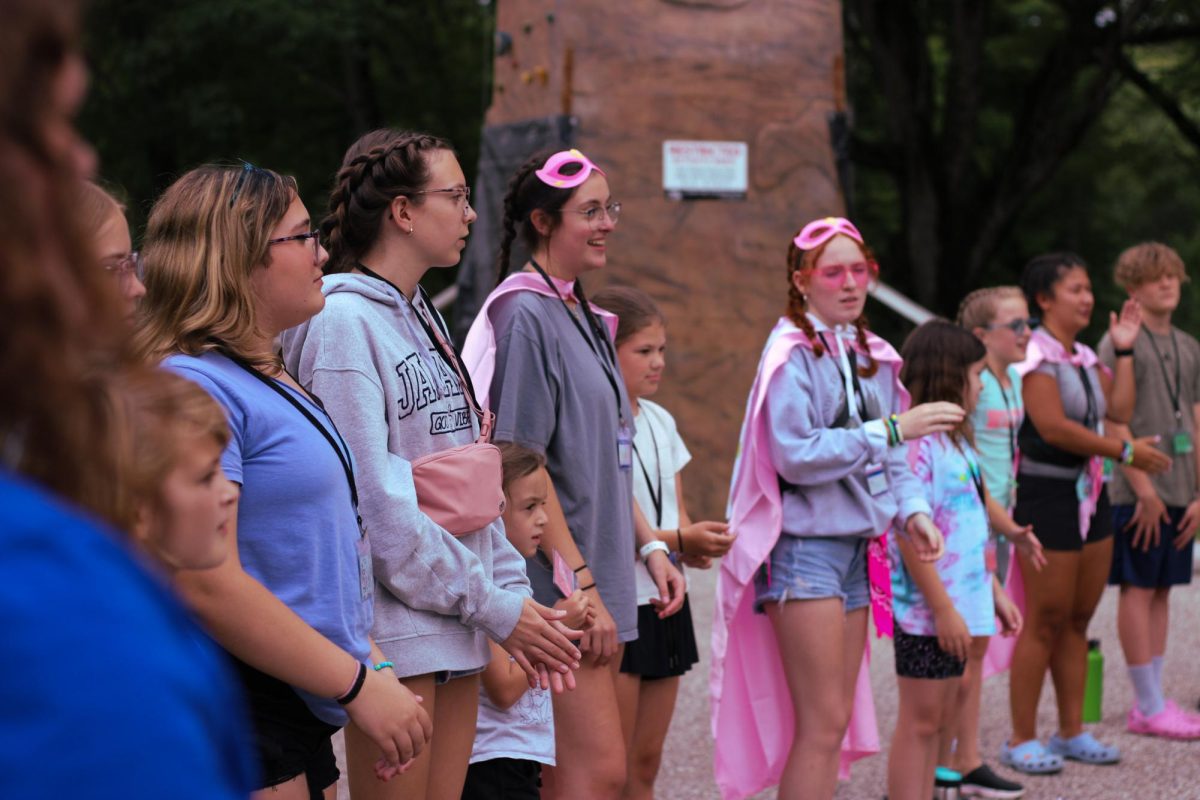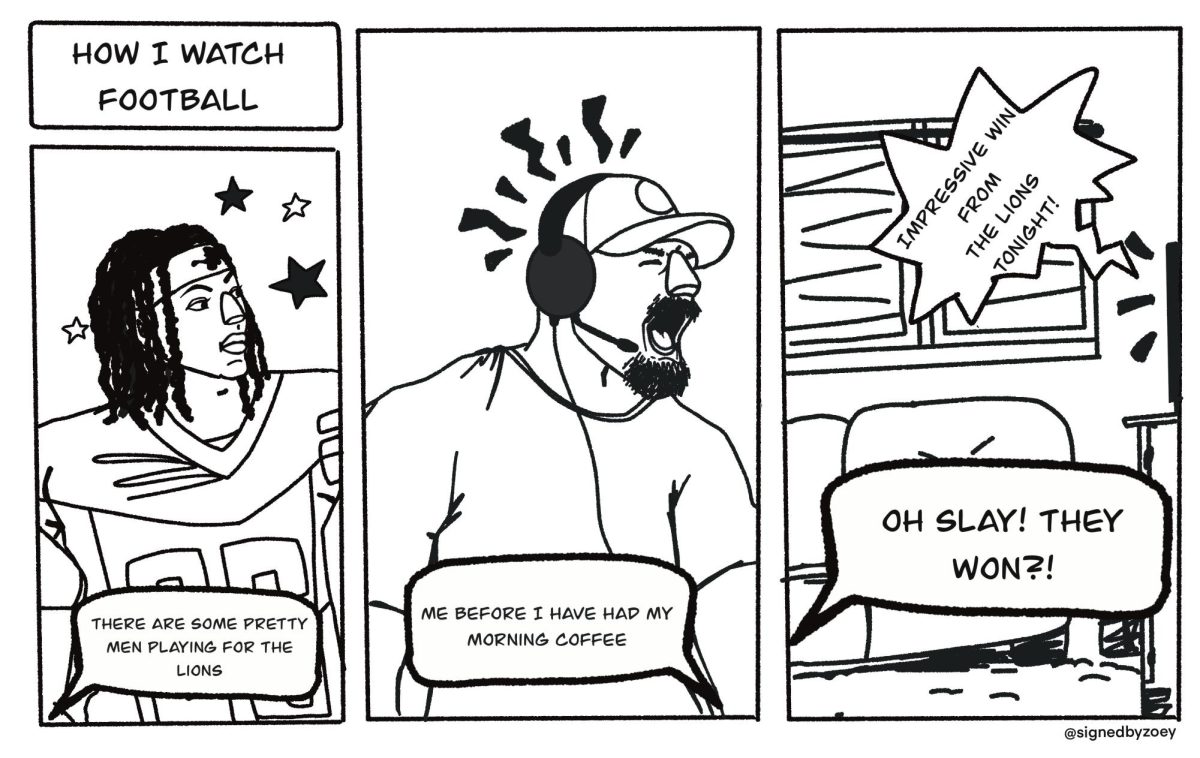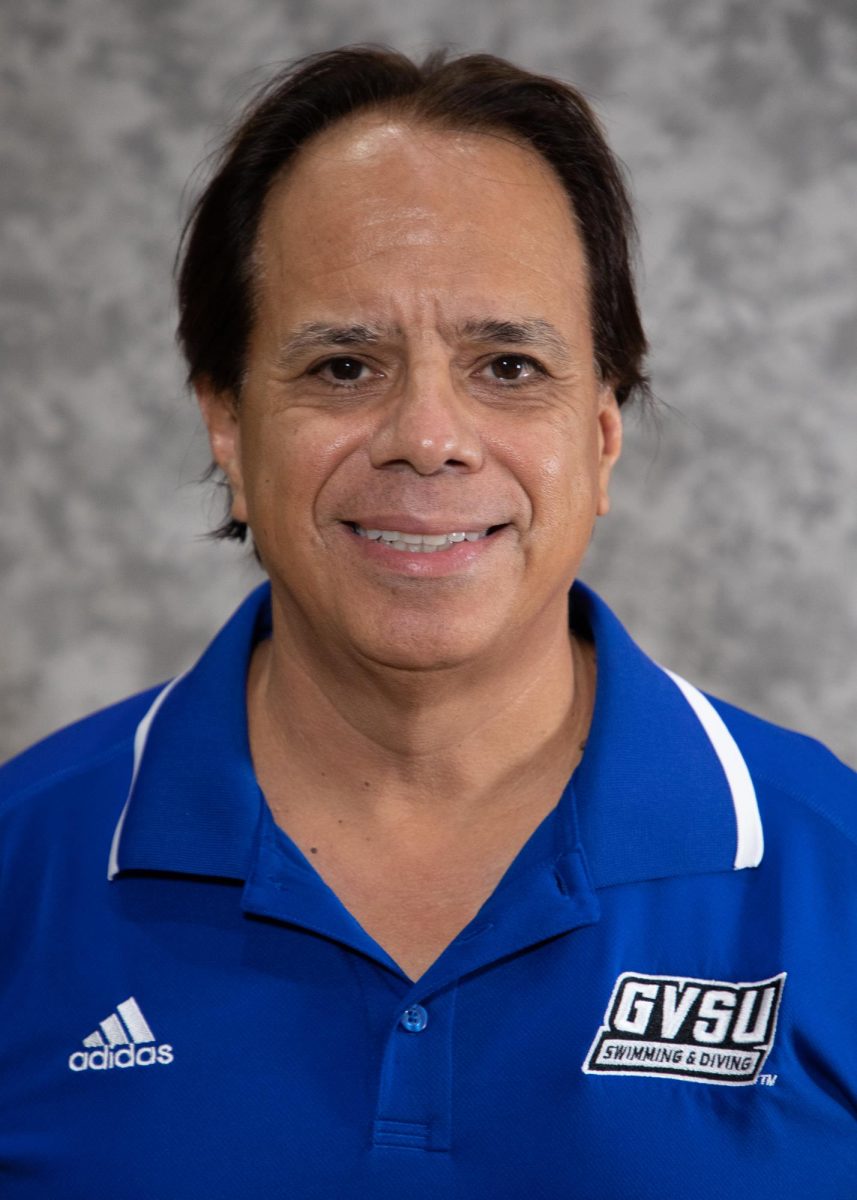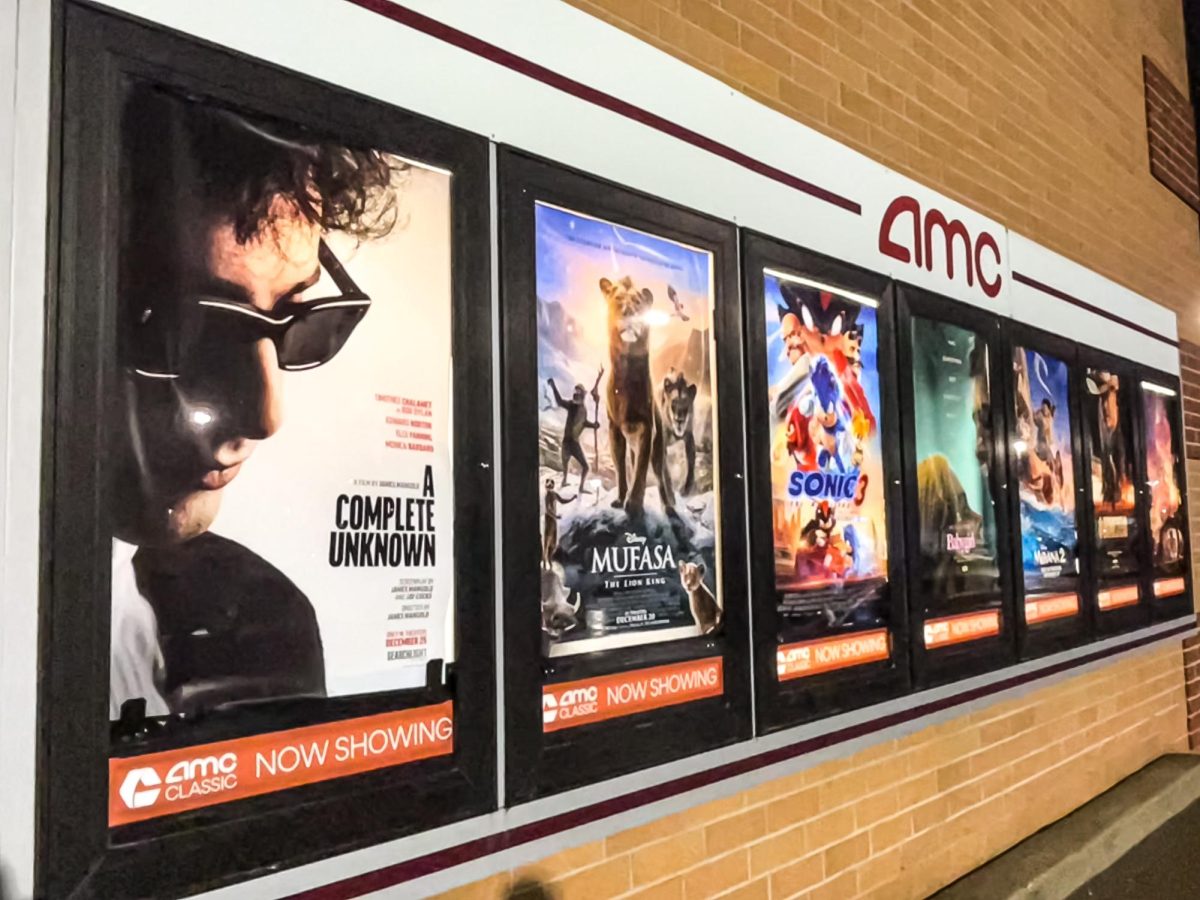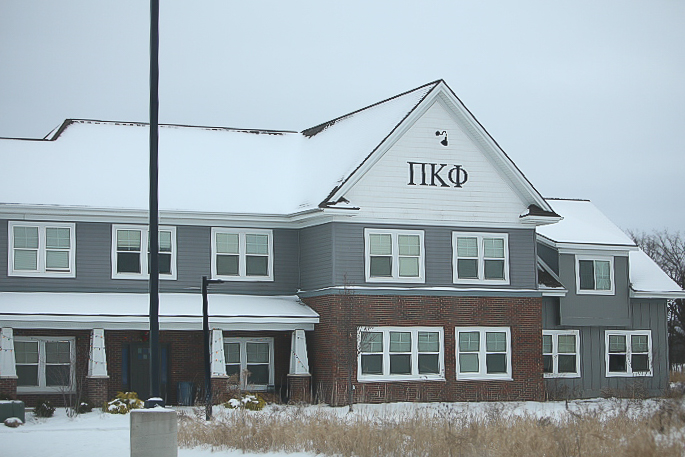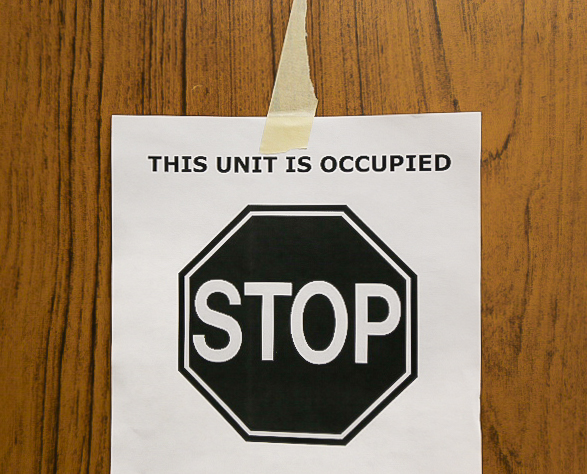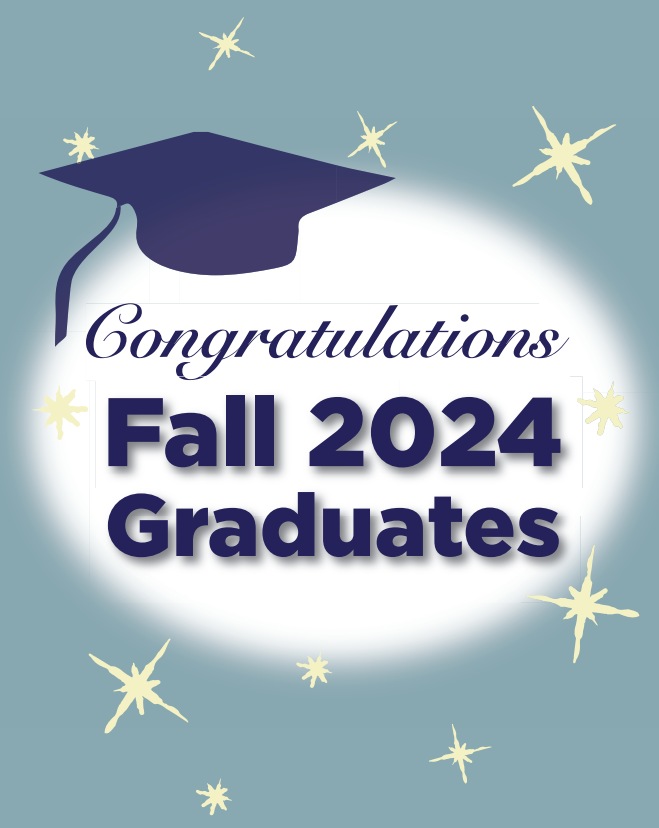Breaking down the ‘free speech zones’
Apr 21, 2017
Headline: Breaking down the ‘free speech zones’
Subhead: GV amends ‘expressive activities’ policy after federal lawsuit
By: Emily Doran
As part of a settlement reached with the Grand Valley State University chapter of Turning Point USA, GVSU has amended its policies on “expressive activities,” practically eliminating its designated “free speech zones.”
The policy changes were made after Turning Point filed a federal lawsuit Wednesday, Dec. 7, 2016 against members of GVSU’s administration, claiming that the university had violated students’ free speech rights. The listed defendants include President Thomas Haas, Provost and Executive Vice President for Academic and Student Affairs Gayle Davis and members of the Board of Trustees.
GVSU students Tim McKeeby and Joe Tucker are listed as plaintiffs on the Verified Complaint filed in the Southern Division of the United States District Court for the Western District of Michigan.
McKeeby, a junior at GVSU majoring in group social studies and secondary education, is an adamant proponent of free speech. According to the Complaint, he founded the GVSU chapter of Turning Point, which is a national, non-profit organization dedicated to promoting various conservative principles, in the fall 2016 semester.
McKeeby said the GVSU chapter of Turning Point is not technically a registered student organization because it still needs a faculty advisor, although he said its status in the approval process is “approved pending.”
According to the Complaint, the lawsuit was sparked by an incident that occurred Monday, Oct. 17, 2016 on the Allendale Campus. The plaintiffs, as well as “two other individuals,” were rolling around an oversized beach ball—dubbed the “free speech ball”—and encouraging GVSU students to write messages on it.
According to the Complaint, the plaintiffs had acquired permission to use the free speech zone by the Cook Carillon Tower.
McKeeby said certain members in the group rolled the beach ball out of the designated free speech zone and went near the Student Services building to promote free speech.
Per the Complaint, they “were not blocking any entrance or exit to any buildings, impeding access to the buildings or parking lots, or blocking the free flow of traffic on the sidewalks.”
In a written response to the Grand Valley Lanthorn’s questions, however, Tom Butcher, vice president and general counsel for GVSU, offered another view of what transpired.
“The individuals rolling around a seven-foot beach ball were, at times, blocking a sidewalk, using amplified sound and getting too close to doorways and academic buildings,” Butcher said. “They were asked to move to the Carillon Tower and were even offered extended time to carry out their activities.”
McKeeby said they were approached by a member of the Dean of Students Office, and later representatives from the GVSU Police Department, and were instructed to return to the designated free speech area. He said they were threatened with arrest for trespassing if they did not comply.
A second similar incident occurred Friday, Oct. 28, 2016, McKeeby said, when he and other individuals were passing out pocket-sized copies of the U.S. Constitution to passersby near the Student Services building, this time without a permit. He said they were again approached by an administrative staff member who informed them she had already called the police. McKeeby said a GVPD officer threatened to have them arrested for trespassing and even expelled from GVSU if they did not cease. He said in order to avoid arrest, they returned to the free speech zone.
According to the Complaint, the plaintiffs complied with the orders in both instances, despite disagreeing with them.
McKeeby believes the fundamental issue behind the lawsuit was a violation of students’ free speech rights.
“Free speech is a no-brainer,” he said. “When you restrict students’ free speech rights, you’re going against the First Amendment of our Constitution.”
Butcher said the lawsuit was not “about speech being regulated in terms of what was expressed.”
“This was really about where and how students and registered student organizations and outside individuals/groups can use GVSU buildings and grounds such that the academic mission and other university operations are not materially disrupted,” he said.
Prior to the policy changes spurred by this lawsuit, there were two areas on the Allendale Campus “established as open forum areas for individuals or groups to use,” according to the GVSU Registered Student Organization Handbook “Promotional Polices” website page last modified Sunday, June 26, 2016. These two designated locations were the circular sidewalk surrounding the Cook Carillon Tower and the area around the Transformational Link extending within 50 feet of it.
Although certain regulations apply, part of the new “Grounds- and Facility-Use Policy,” last revised Monday, Jan. 30, states, “For outdoor University areas, students, registered student organizations, and employees may freely engage in spontaneous Expressive Activities provided that such activities are in compliance with all other provisions of this policy.” The document contains similar language for the use of indoor spaces.
There are more restrictions placed on non-GVSU organizations and individuals, who are still required to remain within 50 feet of the designated Cook Carillon Tower area and the Transformational Link when performing expressive activities. The policy does not address any rights of non-GVSU organizations and individuals to engage spontaneously in expressive activities. Instead, it seems to assume that non-GVSU organizations and individuals will “reserve campus facilities for Expressive Activities,” although this is not explicitly stated as a requirement.
As described in the “Grounds- and Facility-Use Policy,” expressive activities include student organization meetings, speeches, performances, rallies, demonstrations, distribution of literature and “any other expression protected by the First Amendment to the U.S. Constitution.”
McKeeby said he believed the new policy completely rectified any previous unconstitutional restrictions. He said he harbored no ill feelings toward GVSU and appreciated the university’s willingness to collaborate with the plaintiffs to amend the issue.
“We want to applaud them for working with us and understand and settle on a free speech policy that protects its students’ rights,” he said. “We want to thank them for working with us. We’re not out to give them bad rep. Everyone involved still goes here and loves GVSU, and the saddest thing was seeing T. Haas’ name on the suit.”
The plaintiffs’ attorneys filed a Stipulation of Dismissal with Prejudice Wednesday, March 1. As part of the settlement, GVSU agreed to pay the plaintiffs’ attorney fees and costs, which totaled approximately $11,000.



